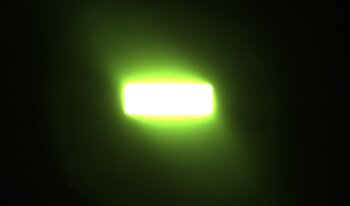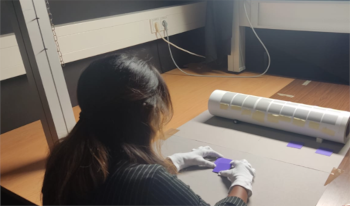
Nowadays, industrial gloss evaluation is mostly limited to the specular gloss meter, focusing on a single attribute of surface gloss. The correlation of such meters with the human gloss appraisal is thus rather weak. Although more advanced image-based gloss meters have become available, their application is typically restricted to niche industries due to the high cost and complexity. This paper extends a previous design of a comprehensive and affordable image-based gloss meter (iGM) for the determination of each of the five main attributes of surface gloss (specular gloss, DOI, haze, contrast and surface-uniformity gloss). Together with an extensive introduction on surface gloss and its evaluation, the iGM design is described and some of its capabilities and opportunities are illustrated.

Predicting the final appearance of a print is crucial in the graphic industry. The aim of this work is to build a mathematical model to predict the visual gloss of 2D printed samples. We conducted a psychophysical experiment where the observers judged the gloss of samples with different colours and different gloss values. For the psychophysical experiment, a new reference scale was built. Using the results from the psychophysical experiment, a mathematical prediction model for the visual assessment of gloss has been developed. By using the Principal Component Analysis to explain and predict the perceived gloss, the dimensions were reduced to three dimensions: specular gloss measured at 60°, Lightness (L*) and Distinctness of Image (DOI).